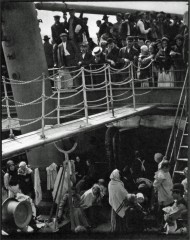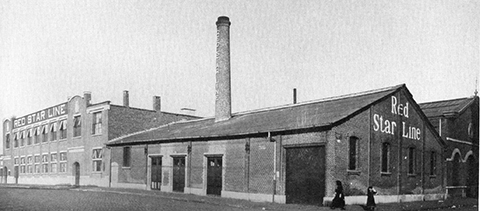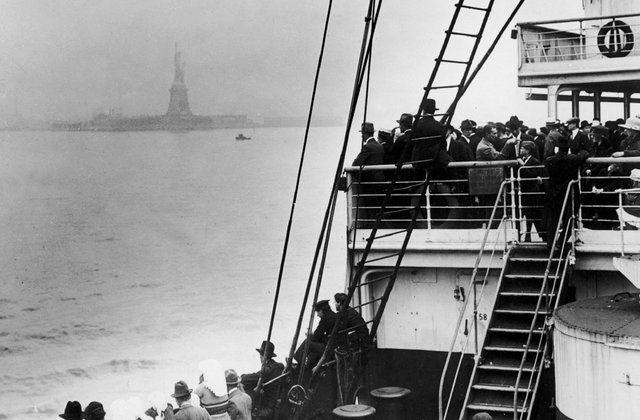Nine Generations
The Crossing
Millions of Europeans emigrated to the United States in the last half of the 19th century and the first decades of the 20th century. Most came for economic reasons. Plenty of land was available, American industry hungered for workers, and, as we all know, the streets were paved with gold.


A common pattern for Jewish immigrants was for a single family member, or perhaps two, to set out for the United States to establish a place to live and to save enough money to pay the way of the remaining family members. The trip in its entirety was expensive. The migrant had to obtain a passport or exit document. As emigration from the Russian and Austro-Hungarian Empires was usually illegal, this might require bribing either officials or the border police. The majority of Jews who left Russia did so illegally. Emigrants who could not obtain expert advice paid professional smugglers to help them escape. The traveler had to buy train tickets to get to a port. Both the Belgian and German governments saw profits to be made from the traffic; they imposed head taxes. They also built dense rail networks to make it easy for the migrants to get to Antwerp or Hamburg respectively. The passage itself had to be paid, usually in the range of thirty-five to forty dollars ($1000 to $1200 in 2020 dollars) for a single adult in third class from Antwerp to New York.Ships had three classes. Third class was more commonly known as “steerage,” Zwischendeck (between the decks) in German, which conveys a much clearer idea of the actual conditions. The voyage was miserable for steerage passengers. They were crammed into bunks, fed poorly, and had practically no privacy. Many immigrants complained of the stench of their quarters, but the deck space allowed for steerage passengers was tiny — and even that was unusable in bad weather. A good passage might take nine days, but if the Atlantic weather was poor, the trip could take much longer.
The high costs were the reason Solomon Jacobs, my paternal grandfather, emigrated alone in 1905. Fourteen months later he had saved enough money to bring his wife Zelda and their two children to the United States. Nine months to the day after Zelda's arrival at Ellis Island a third child, my Aunt Sonya, was born.

The next page shows some of the ships in which our ancestors came. If you click on the ship image you can see a larger image and a link to the page of one of those who sailed in her.